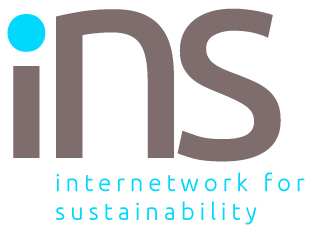The relationship between stagflation and climate change is complex, with climate change more likely to cause stagflation rather than the other way around. However, as the US is finding these days, when stagflation is caused by policy change, that, too, can influence the development of climate change in several ways. It works particularly through its economic impact, energy transition challenges, consumer behavior, and policy implications.
Stagflation, characterized by slow economic growth, high unemployment, and high inflation, can hinder efforts to combat climate change. The economic slowdown associated with stagflation may lead to reduced investment in green technologies and sustainable practices, as companies and governments facing financial constraints prioritize short-term economic recovery over long-term environmental goals. Policymakers, under pressure to address immediate economic concerns, might also sideline climate change mitigation efforts, delaying the implementation of crucial climate policies.
What is stagflation?
Stagflation is an economic cycle characterized by slow growth and a high unemployment rate accompanied by inflation. Economic policymakers find this combination particularly difficult to handle, as attempting to correct one of the factors can exacerbate another.
The transition to cleaner energy sources becomes more challenging in a stagflationary environment. Inflation can drive up the costs of renewable energy infrastructure and green technologies, slowing their adoption. Economic pressures may lead some countries to rely more heavily on cheaper, readily available fossil fuels, especially if renewable alternatives become more expensive due to inflation.
What will consumers do?
Consumer behavior is also affected, influencing climate outcomes. As inflation reduces purchasing power, consumers may be less willing to pay premiums for environmentally friendly products. High energy prices could lead to reduced energy consumption, temporarily slowing emissions growth. However, these short-term effects do not necessarily translate to long-term sustainability.
From a policy perspective, stagflation presents several challenges. Implementing or increasing carbon prices may become politically difficult when inflation and economic hardship dominate public concerns. Governments might also divert resources from climate mitigation efforts to focus on more immediate economic relief, potentially slowing progress on emissions reduction.
Shifts to green
Despite these challenges, stagflation also presents opportunities for climate action. Economic restructuring during stagflationary periods could be leveraged to accelerate the transition to a greener economy if policymakers and businesses recognize the long-term benefits of sustainable development. Governments could introduce green stimulus packages, prioritizing infrastructure spending on renewable energy, energy efficiency, and climate resilience to drive economic recovery while reducing emissions. High energy prices might also push businesses and consumers toward greater energy efficiency, leading to increased adoption of low-energy technologies and smart grids.
Monetary and fiscal policy shifts could play a crucial role in shaping climate action during stagflation. Central banks might integrate climate risks into monetary policy, influencing long-term investment decisions. Fiscal policy could also prioritize carbon pricing mechanisms that generate revenue while discouraging fossil fuel dependence. However, the risk remains that governments struggling with debt and unemployment may deprioritize climate goals, leading countries with large fossil fuel reserves to double down on extraction to stabilize their economies.
Complications
Geopolitical tensions arising from economic distress could further complicate climate policy. Protectionist trade policies might slow global cooperation on climate initiatives, and countries could hesitate to commit to ambitious climate targets if they fear economic disadvantages.
Stagflation is a double-edged sword for climate action. While it creates risks such as reduced investment in green technologies and increased reliance on fossil fuels, it also offers an opportunity for governments and businesses to implement sustainable economic reforms. A proactive approach that integrates climate policy into economic recovery strategies could turn a crisis into a catalyst for green transformation. However, if short-term economic concerns dominate, progress on climate goals could be significantly hindered. The key variable remains how policymakers and businesses choose to respond.






